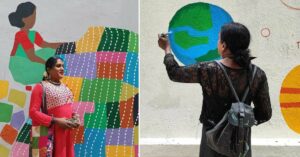How Ladakhi Women Are Giving a Makeover to Centuries-Old Art Treasures
Home to a distinctive Himalayan heritage, Ladakh's Matho Monastery has been running a unique project that provides financial independence to local women while preserving priceless artifacts.

Imagine towering snow-capped mountains, a barren brown landscape dotted with whitewashed chortens (tiny stupas), colourful prayer flags fluttering in the wind and amidst all this stark beauty, an ancient 15th-century monastery perched on a craggy hilltop.
Inside this monastery lies a priceless collection of exquisite artefacts that includes 9th century Kashmiri bronzes, silk scrolls, medieval craft-work, ritual implements, traditional costumes, ancient texts, elaborate dance masks, handmade musical instruments and the largest assortment of ancient thangka paintings in the world.
This is Ladakh’s Matho Monastery, home to a distinct culture that lives and breathes Himalayan heritage.
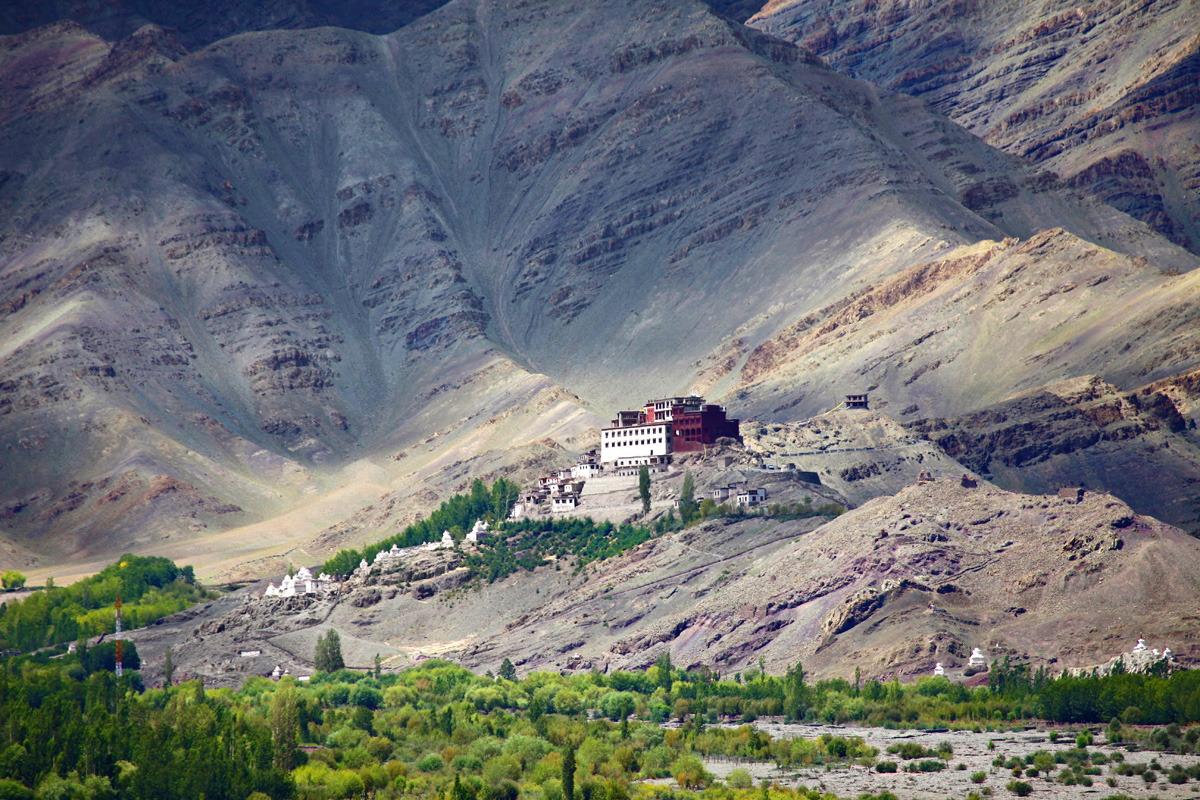
Perched on a hilltop in the rugged Stok range with sweeping views of the river Indus and barley fields, the little-known Matho Monastery was founded in the year 1410. The only monastery of the Sakya sect in Ladakh (one of the four major sects of Tibetan Buddhism), its resident monks have been commissioning and collecting art objects (many of which predate the monastery) for centuries.
Interestingly, though Matho Monastery is just 20 km away from Leh’s famous Thiksey Monastery, it doesn’t find a prominent place on Ladakh’s tourist trail. However, this may soon change when the little maroon-and-white monastery opens its own museum in 2018, thanks to a unique project called MaMoMu (Matho Monastery Museum) project.
The MaMoMu project was started in 2011 as a joint effort by French art restorer Nelly Rieuf, the monks of the monastery, the villagers of Matho and volunteers from around the world.

A qualified engineer with a degree in the restoration of Himalayan art, Nelly was working on an art restoration project in Nepal when she met a monk from Matho. Impressed by her work, he asked her if she would be interested in restoring the monastery’s many treasures.
Nelly accepted the offer with alacrity, moved to Matho and was presented with six hefty boxes. Once their time-worn seals were broken, the boxes revealed some extremely rare works of art. Other ancient treasures presented themselves as the monks led Nelly through the maze-like interiors of the monastery.
Though Nelly was awed by what she saw, she also realized that all the artefacts were in urgent need restoration. Dust and soot (due to years of exposure to oil lamps) had made the stunning paintings of mandalas indistinguishable from each other, the once-vibrant silk scrolls had lost their lustre ((due to exposure to dampness), and elaborate animal masks were missing elements like eyes or teeth.
Enthused by the idea of saving these treasures, Nelly immediately set up a restoration centre, where ageing parchments, paintings and statues are restored.

Her next step was painstakingly training the local Ladakhi women in the art of restoration. This training, along with flexible working hours and an on-site day-care centre, allowed these women to balance their unique new careers with family responsibilities efficiently.
Today, the shelves of the restoration room are lined with natural paints and pigments used by local women to reverentially restore each item — from touching up an old mask to repairing the fraying fabric of thangkas — after they have been documented in their original condition.
The process, which can take up to three months, begins by cleaning the delicate paintings with special chemicals and erasers. Next, tears in the fabric are repaired, and a primer of the clay-glue mix is applied. This is followed by the careful addition of thick-textured paints and pigments.
For the past few years, Nelly has also been co-coordinating with the National Museum Institute, NGOs and museums across the world to bring in funds and volunteers for the project. Thanks to her efforts, museum experts, art enthusiasts, historians and conservationists from all over the world have started flocking to Matho.
Led by Nelly, this motley ensemble — that includes Spanish photographers, Nepalese mountaineers, French art students, Viennese linguists, German hipster architects, Ladakhi villagers and red-robed monks — is the engine that drives the restoration work happening at Matho.
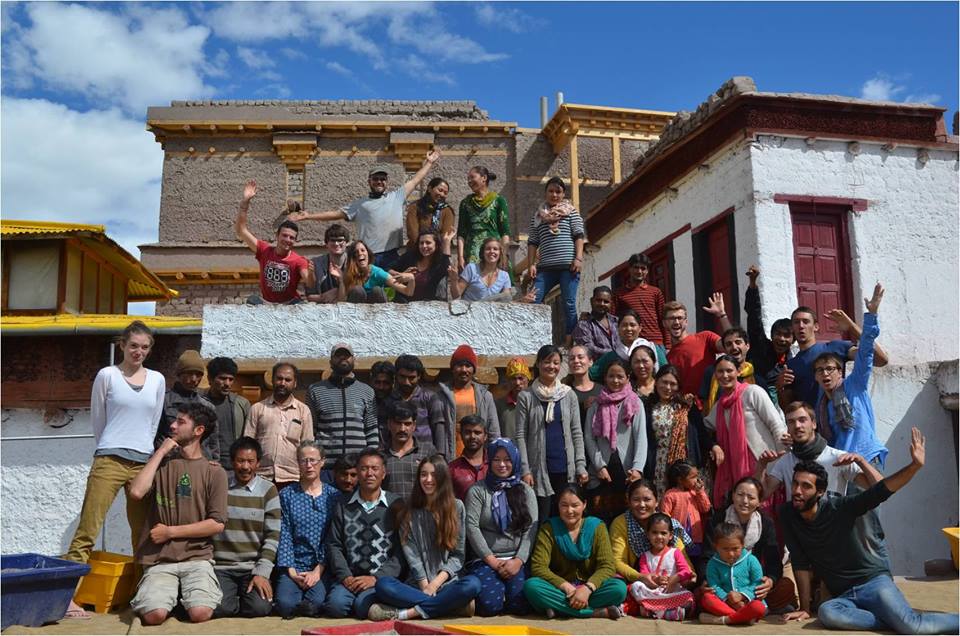
But restoration is only part of Nelly’s work at Matho. She is building a unique museum that will house the monastery’s six boxes of treasures. A quaint three-storey house built using traditional methods and sustainable material ( like mud-bricks and carved wood beams), the museum will follow a separate artistic theme on each floor. The museum will also have a rooftop library and in-house cafe.
Along with overseeing this restoration work and museum construction, the one-woman powerhouse also ensures that she makes time for community initiatives. For instance, she is helping the villagers of Matho build pipes that connect underground springs to their homes, something that will reduce the daily drudgery of fetching water from a distant source.
Material reminders of a shared history, ancient art objects like those at Matho Monastery can also serve as the foundation for a shared future. However, its tough for art to survive on its own, especially in the Himalayas where the dangers of theft, natural disasters and armed conflict are ever-present. In the words of Nelly, heritage cannot wait.
So if you would like to lend a helping hand, check out Matho Museum Project’s website here. Or if you are planning to visit Ladakh, don’t forget to drop by and see the wonderful work being done by Nelly and her hard-working team. Till then, here are some insightful pictures about the ongoing project at the Matho Monastery.

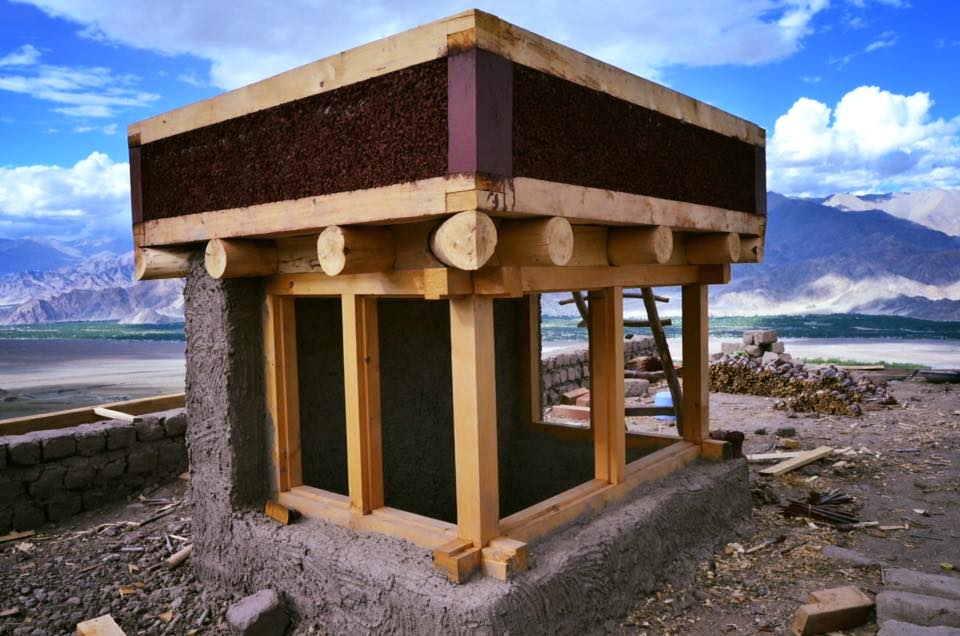
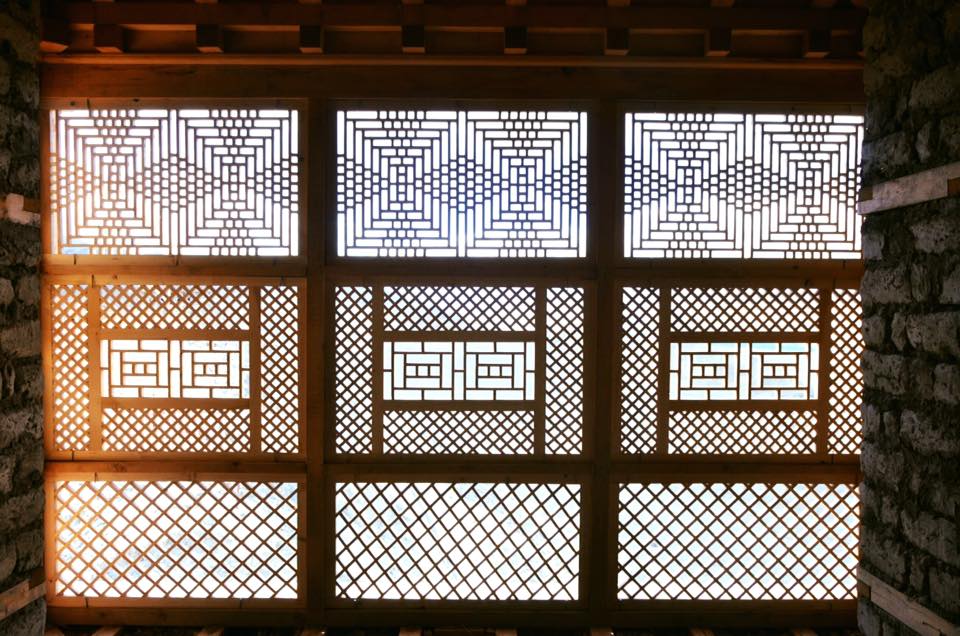

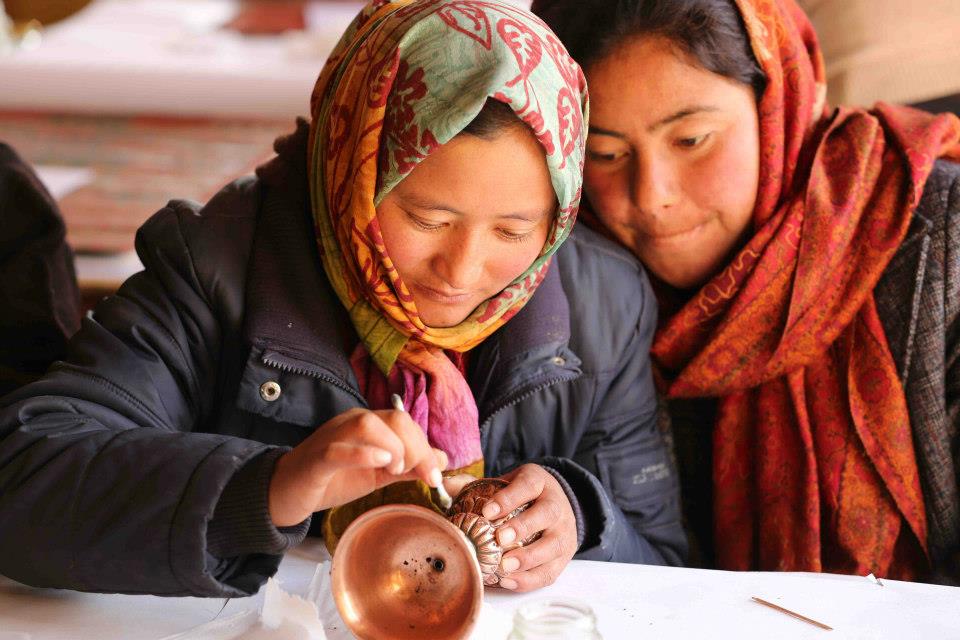
Also Read: Why A Trip to Nako, Tabo and Kaza is the Best Himalayan Adventure You Will Ever Have
Like this story? Or have something to share? Write to us: [email protected], or connect with us on Facebook and Twitter.
NEW: Click here to get positive news on WhatsApp!
This story made me
- 97
- 121
- 89
- 167
Tell Us More
We bring stories straight from the heart of India, to inspire millions and create a wave of impact. Our positive movement is growing bigger everyday, and we would love for you to join it.
Please contribute whatever you can, every little penny helps our team in bringing you more stories that support dreams and spread hope.







